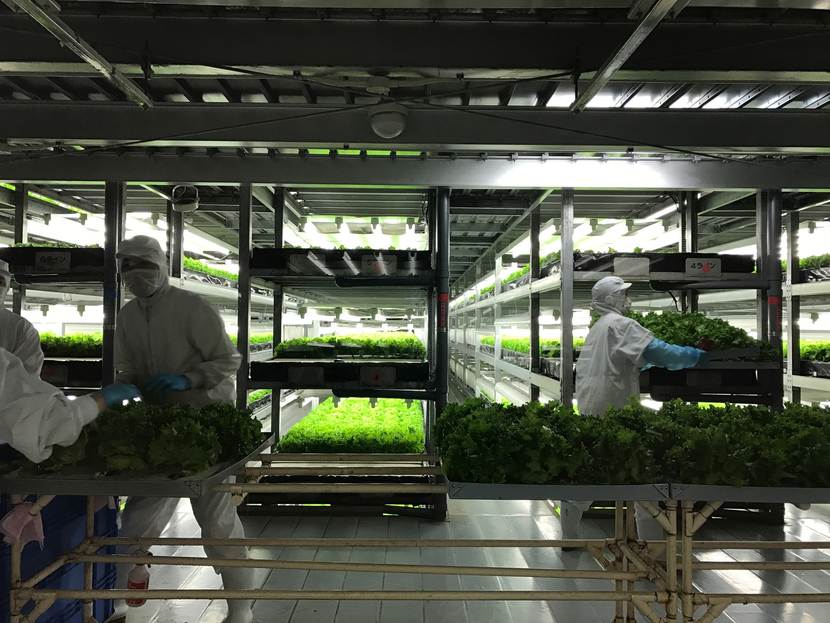Sector Report on Horticulture in Japan - Developments, Subsidies and Entrance of Non-Agro Companies (Jan 2018)
In January 2018 we finalized our sector report of 70 pages about horticulture in Japan. The summary and the table of contents are as below.
Summary
Japan has a high standard of living and is considered to be a high end food market. The country is highly dependent on imports of agricultural products: 61% of its food is imported. This is not likely to change fundamentally in the years to come. Agriculture has a prominent place in the government’s revitalization plans to improve food security, with the ambition to turn the under-developed, small-scale and scattered agricultural sector into a modern, industrialized and even export-oriented growth sector. Japan has therefore to invest in innovation and capital intensive production to meet these food security challenges. It prioritizes industries such as robotics, industrial ICT, renewable energy and life sciences. High-tech solutions including robots are believed to have the potential to make up for labor shortages in horticulture and farming.
The drive for modernization of the agricultural sector has become even more urgent since Japan and EU reached free trade agreement this year. Japan will eventually abolish or diminish import tariffs on a large number of food products. In order to be able to cope with trade liberalization, The aging Japanese farmers need to become more competitive. A new development is the entrance of Japanese non-agro companies in horticulture: high food-retail prices and generous governmental subsidies are attractive.
This greenhouse market report focus on the current situation in the Japanese greenhouse sector, including support measures of the Japanese government. The government makes efforts to increase vegetables intake and is implementing measures to revitalize the agriculture. Incorporated entities such as companies and agricultural producers’ cooperative corporations are increasing.
While in Japan, simple greenhouses with pipes and plastics are still popular, the trend is to build stronger greenhouse conforming to the local climatic conditions such as typhoon, heavy snowfall and earthquakes. An index of the main chapters can be found below.
The market study includes a cost calculation of an investment in a 1 ha and 4 ha. modern greenhouse. It also provides a list of the most important non-agro companies that are currently entering the Japanese greenhouse sector.
Table of contents
- Greenhouse horticulture in Japan 3
- Budget relating to greenhouse horticulture and horticultural crops 9
- Trend of vegetables 21
- Horticultural operation by the government and by private sector: comparison 38
- Regulations on greenhouse construction 51
Downloading the report
The full report is available here.
